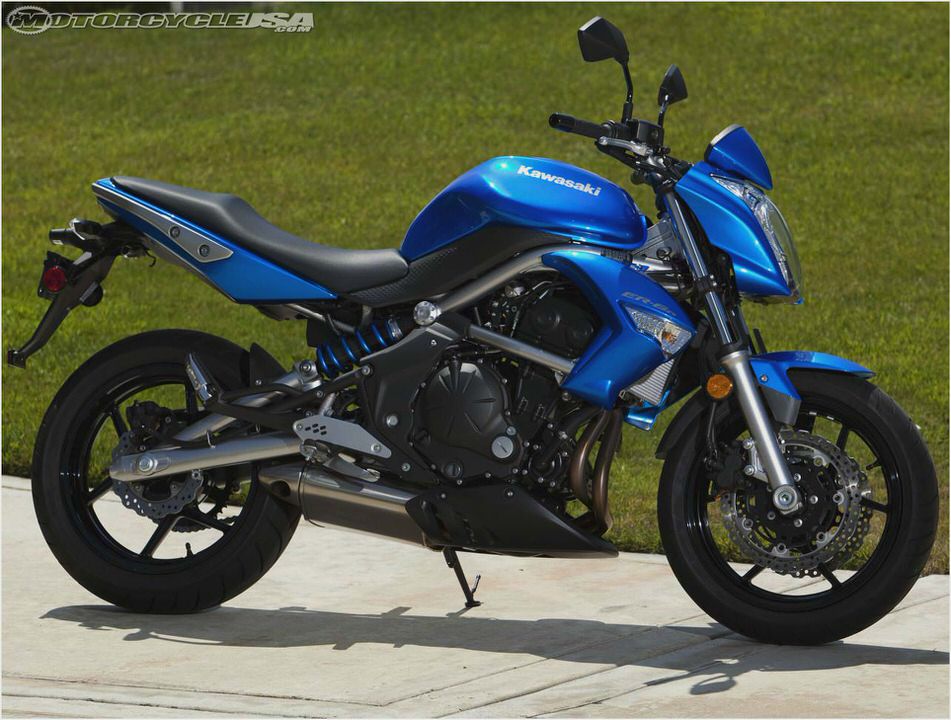
2010 Kawasaki ER-6n
The U.S. motorcycle market is determinedly recreational. Weekend riders are in the vast majority, with just a few daily commuters taking advantage of a motorcycle’s economical use of resources and space. The industry undoubtedly wishes it were not so, and they are hoping to persuade the public that daily motorcycle use (where the climate permits) is a smart idea.
When that happens, maybe more riders will take advantage of the extraordinary benefits of bikes like Kawasaki’s ER-6n. Here’s a machine that doesn’t cost much ($6,699), is easy to ride, performs to almost everyone’s expectations, and handles with real panache. And did we mention that its 649cc parallel twin engine provides fuel mileage that makes the price at the pump almost irrelevant?
While there are visible signs of cost cutting in the bike’s specification—like the steel trellis frame and tubular swing arm—all the components are of a high quality, and the engineering is exemplary. To reduce the vibes typical of a twin-cylinder engine with a 180-degree crankshaft, a balancer shaft driven off the engine acts in concert with rubber upper-rear engine mounts bushings, rubber footpeg cushions and a rubber isolated handlebar.
The result is a bike with just enough mechanical tremor at the handlebars to provide a sense of the twin’s energetic character, but not enough to send your fingers to sleep. Equally pleasing is the sense of refinement imparted by the drivetrain. The clutch is a light pull, but its engagement is agreeably gradual.
Plus, the shifter action is light and positive, with a neutral finder to alleviate that annoying stop-sign tap dance as you search for neutral.
Kawasaki’s ER-6n is equipped with digital fuel injection using dual 38mm Keihin throttle bodies with sub-throttles to smooth response in much the same way CV carburetors did. The result is clean throttle response pretty much all the time, with the quick starting and instant cold-weather usability that comes with the technology.
Even though the ER has a tachometer redlined at 11,000 and the double-overhead cam, four-valve architecture that hints at high engine speeds, its torque is well distributed across the range. The power peak of 71 horsepower is set at a fairly high point—8,500 rpm according to the factory—with maximun torque of 49 pound-feet supplied at 7,000 rpm. Yet, in the real world one usually short shifts in normal riding because of how good the bike’s low- and mid-range flexibility is.
It’s one of those bikes that gets to sixth gear in seemingly no time, always needing more downshifts at the next red light than you’d expected. The freeway performance put up by this machine is pretty phenomenal. Able to cruise effortlessly at any prevailing traffic speed, the Kawasaki will accelerate urgently in response to a handful of throttle.
The rate at which it will run from 70 to 100 mph makes a downshift simply superfluous when you need to pass something.
Despite the naked bike format, there seems to be enough wind deflection provided by the droopy headlight, instrument nacelle and lower bodywork that high speeds on a freeway are not the tiring, windswept experiences one might expect. Although the handlebar position seemed strangely upright and peculiar after I climbed off a Ducati Monster 796, the riding position soon felt normal and comfortable.
Footpeg height was clearly set in the interests of maintaining good cornering clearance—which they do—and these force a tighter knee angle than some standard bikes. But even with a 34-inch inseam, I did not experience undue discomfort on the hour-long rides I mostly took on this bike. And you have to applaud the footpeg height when you’re playing in the twisties, because this little bike attacks a canyon with considerable confidence.
The frame and suspension relationship seems to provide reassurance and feedback in equal measure, and even the limited adjustability of the suspension (with just spring preload on the shock) did not seem an issue. Kawasaki seems to have the standard settings pretty much in the ballpark, even for this 216-pound rider. One can find surfaces where the forks feel a bit soft, or where the rear shock feels a little harsh, but mostly you don’t think about it.
Although the fork geometry is set at a stable 24.5-degrees of rake (with 4.0-inches of trail), the combination of ample handlebar leverage and relatively low weight make steering responses decently quick. So the ER-6n can whip through traffic or slice through the canyons with equal ease.
While the humble two-piston brake calipers on the first Ninja 650R (with which this bike shares so much mechanical equipment) were uniformly dished for wooden feel and lazy response, they’ve been revamped for the 2010 bikes, and now provide much better initial bite as well as easily modulated braking force even if they are still somewhat lacking in the tactile department.
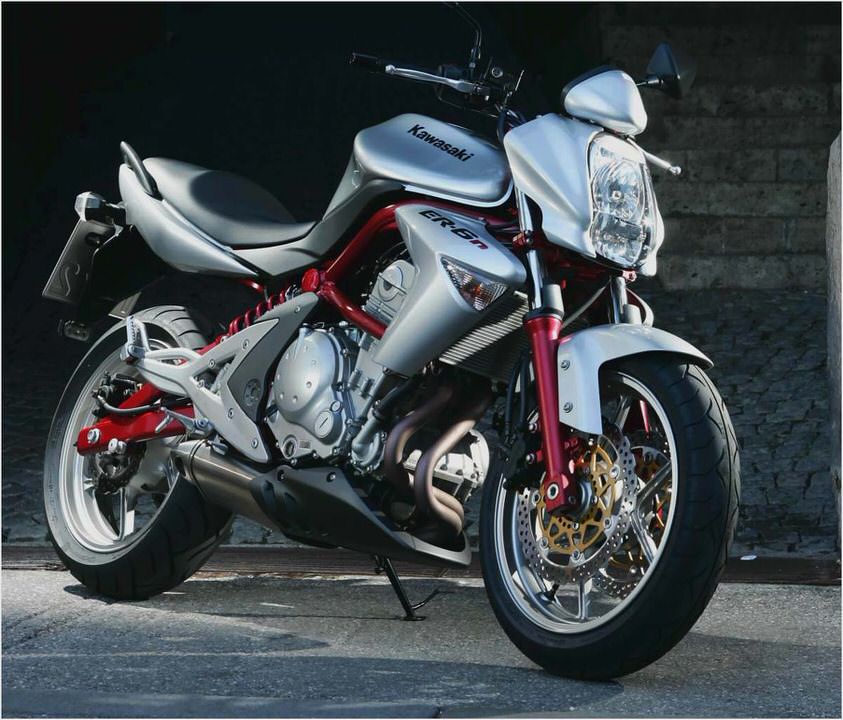
In keeping with the SmartCycleShopper format – we present the review from three separate perspectives: 1) a Beginning Riders. 2) an Intermediate Rider. 3) and an Expert Rider. We hope you find this format helpful….
The Kawasaki ER-6n Review for Beginning Riders – Click Here. Kawasaki ER-6n review for Intermediate Riders- Click Here. Kawasaki ER-6n review for Expert Riders- Click Here .
Newbies will find this an ideal platform on which to build their riding skills. With a tolerably low 31-inch seat height, a manageable 442-pound claimed wet weight, and easily coordinated throttle and clutch action, the bike is a snap to ride. The flexible nature of the engine will likely discourage inappropriate forays up the rev-range, and thus help keep speeds where beginners can control it.
At the same time, it is a bike that can accompany a rider’s advancing skill and enthusiasm; able to run fast and corner nimbly once the rider can achieve these feats.
The things that make this a good beginners’ bike hold true for intermediates. In fact, this is really the machine’s sweet spot. For riders with realistic ambitions, a need for versatility, and no need for the approval of status-conscious riders, the ER-6n is perfect.
This bike will handle a commute as well as a weekend leisure ride about as well as it will undertake the occasional long-distance trip. In truth, more people should be riding bikes like this.
The ER-6n’s only limitations for the expert rider probably reside in its suspension. The one-size-fits-all approach works well for most circumstances, but may be found a little lacking for really demanding sport riders. But even then, a good rider will simply accommodate the occasional front-end dive or rear-end chatter as part of the hand he has been dealt.
While acceleration is not on a par with the horizon-gulping performance found in modern sportbikes, it’s enough for all but the most power-hungry speed freaks. A 650cc twin used to be thought a big bike back in the day of the ton-up boys, now they’re considered “nice little bikes”. But just remember, they’re faster now than they ever were.
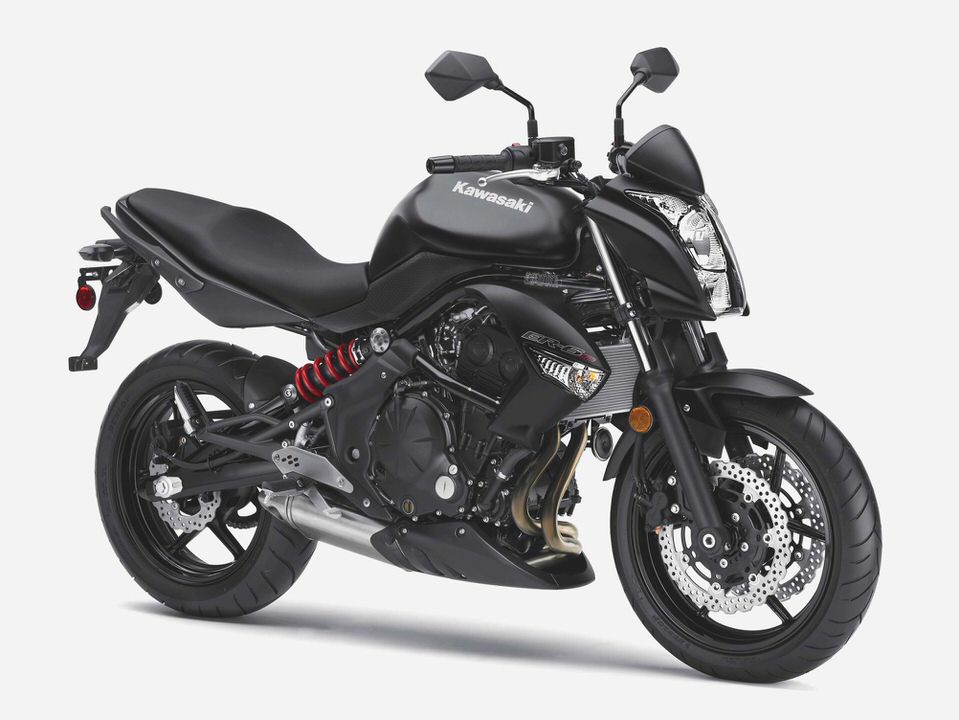
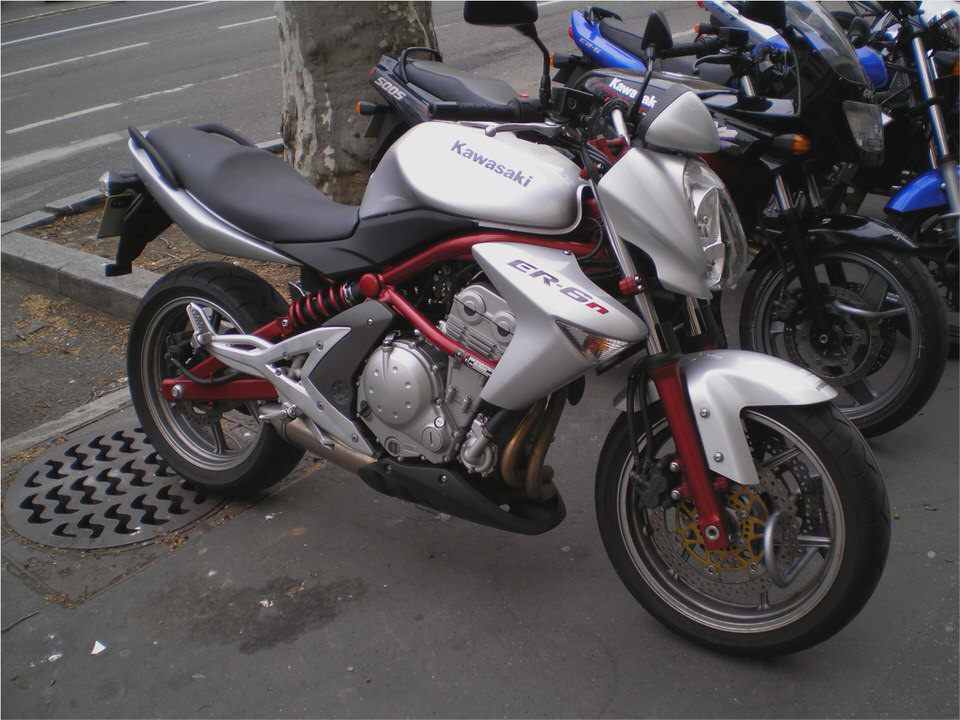
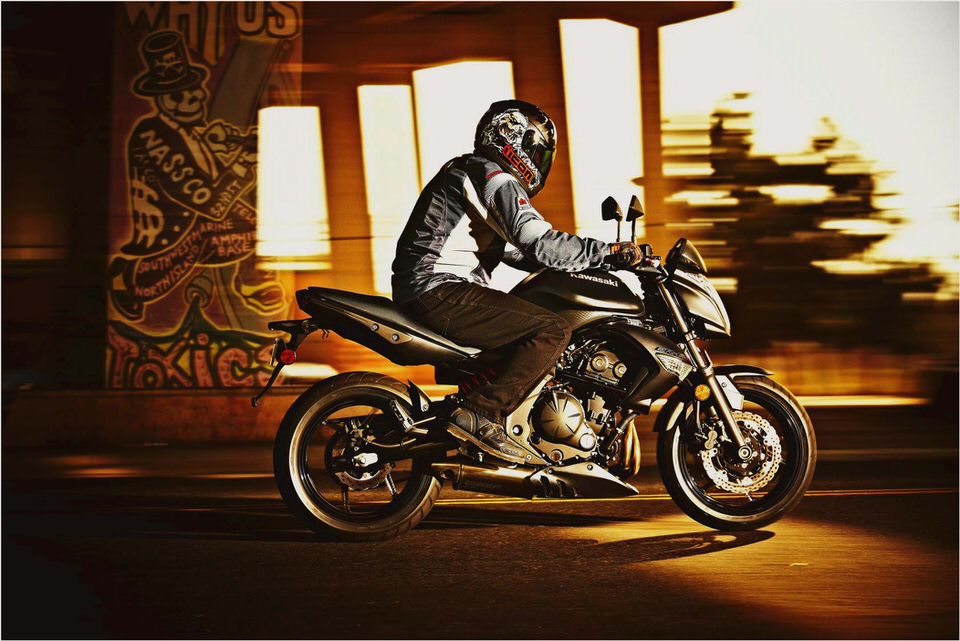
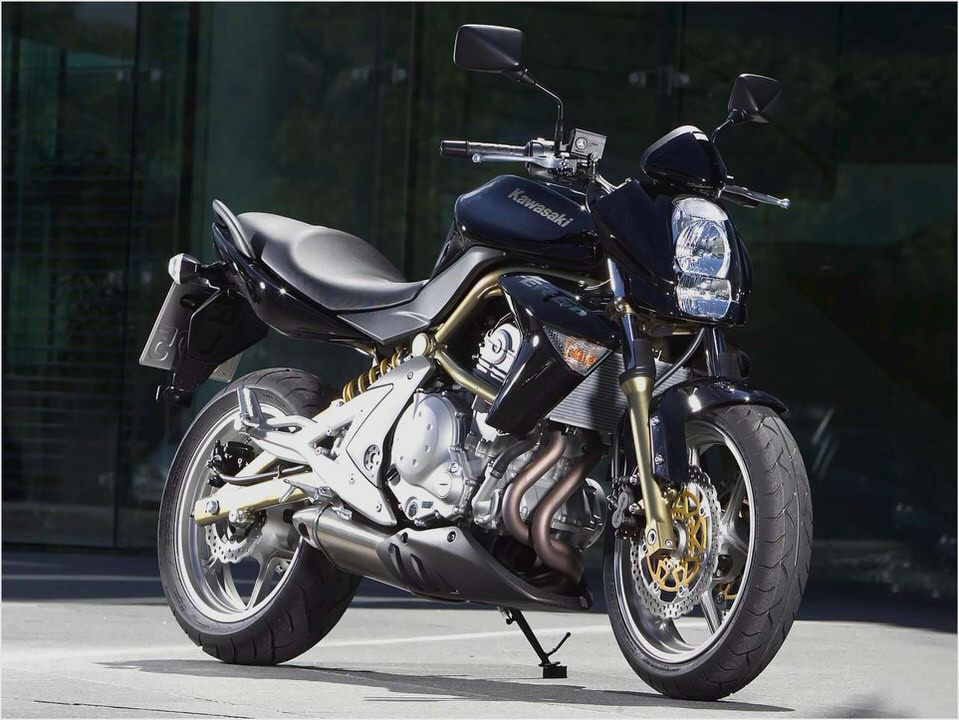
- Kawasaki Versys Luggage and Accessories – webBikeWorld
- 2010 Kawasaki Voyager 1700
- Kawasaki – kawasaki gpz 750 turbo for sale – kawasaki klr 650 v strom
- Road Test: 1995 Kawasaki GPz1100 –
- How to Remove the Flywheel on a Kawasaki Ninja 900 eHow

